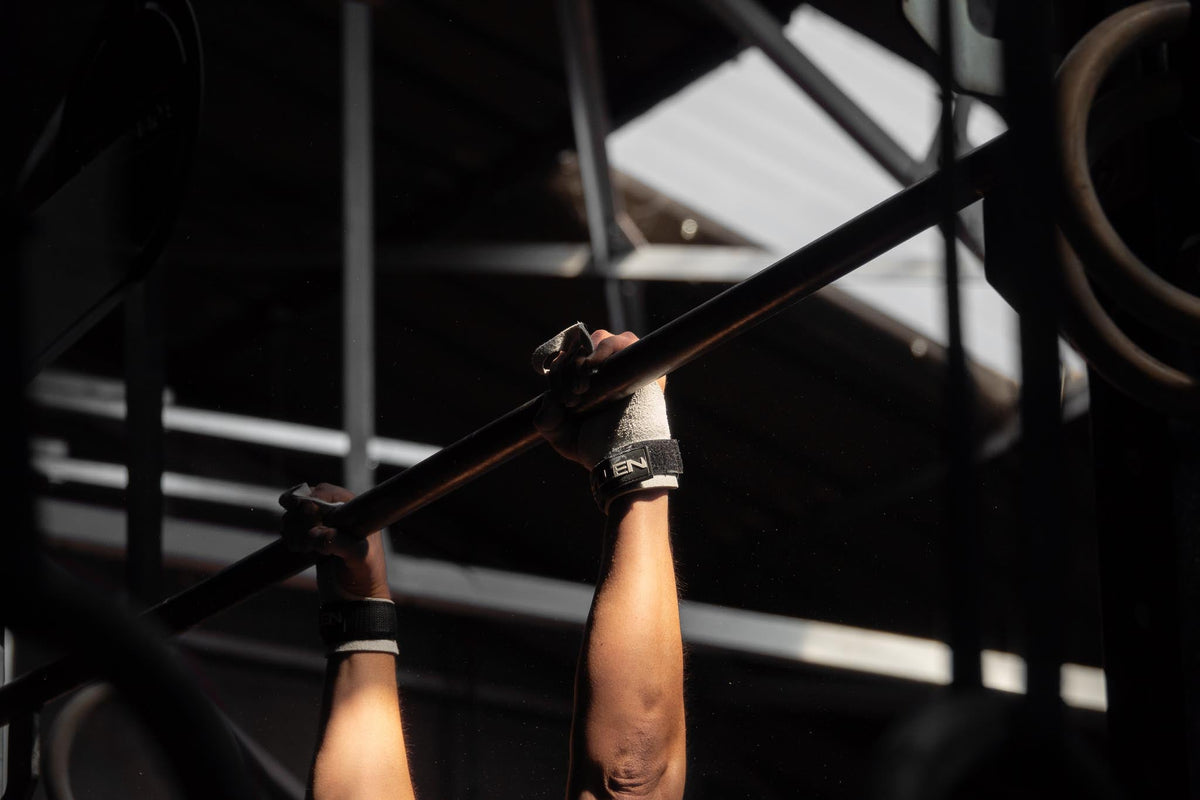Chalk vs. No-Chalk Hand Grips: What Athletes Really Need in 2025

In recent years, athlete preferences for gymnastic grips have shifted. More and more CrossFit and functional fitness athletes are choosing chalk-less grips, while others still swear by traditional chalk models. So, which type is right for you? Let’s break down the pros, cons, and ideal use cases.
What Makes a Good Hand Grip?
Hand grips serve two main purposes:
-
Protection – preventing rips, blisters, and torn calluses.
-
Grip – improving hold on pull-up bars and gymnastic rings.
In gymnastics (where grips originate), athletes perform highly dynamic skills. Chalk + leather grips are the norm for safety and control. In CrossFit and functional fitness, the demands are slightly different: athletes look for protection, grip, wrist comfort, versatility, thickness, and durability—since daily WODs can mean hundreds of reps on bars and rings.

Chalk Grips
Despite the rise of chalk-free alternatives, chalk grips remain the most versatile and durable option.
Why athletes still love chalk grips:
-
Versatility: Work well on a variety of bar surfaces.
-
Durability: Leather and carbon grips wear slower than rubber alternatives.
-
Replenishable grip: Chalk restores tackiness whenever you need it.
-
Long lifespan: A good pair can last months of daily training.
👉 Our BumbleBee and Panda Grips hold chalk exceptionally well—often improving in grip over time without needing constant re-chalking.

No-Chalk Grips
On the other end of the spectrum are rubber-based grips designed for chalk-free performance.
Advantages of no-chalk grips:
-
High friction: Rubber textures create a tacky connection on clean bars.
-
Convenience: No need for chalk buckets—perfect in gyms that ban chalk.
Limitations to consider:
-
Durability: Rubber wears faster under friction.
-
Surface requirements: They work best on clean, chalk-free bars.
-
Ring work: Less effective on rings where some hand mobility is required (e.g. transitions in muscle-ups).

The Verdict
So, should you go chalk or chalk-free?
-
Training (80% of the time): Stick with chalk grips for durability, versatility, and long-term reliability.
-
Competition (20% of the time): Consider chalk-free grips if allowed—every extra rep counts when seconds matter.
Ultimately, the best approach may be to keep both types of grips in your gym bag, switching based on training environment and goals.
👉 Explore our full CrossFit Grip Collection and find the pair that matches your style.